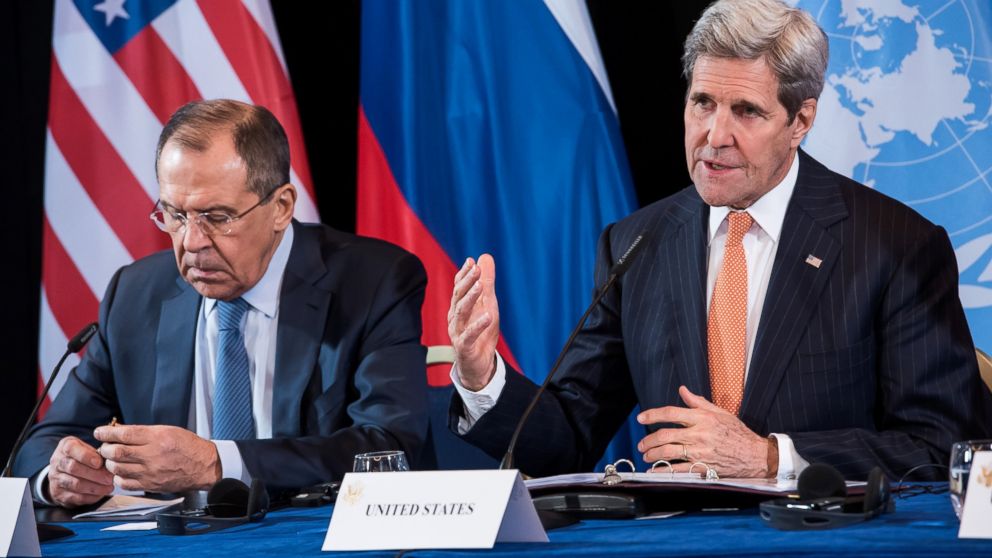What You Need to Know About the Syria Cease-Fire Deal
Syria Support Group agrees on first step toward peace after five-year war.

— -- A group of regional and Western leaders gathered in Munich, Germany, to try to plot out a path for Syria's future. Those nations, known as the International Syria Support Group (ISSG), reached an agreement they hope will be one of the first steps toward a peaceful resolution after five years of civil war.
Here’s what you need to know about the plan:
Who are the players and what did they decide Thursday?
The ISSG itself is essentially divided on two sides, led by the United States and Russia, each with deeply opposing views about what is ultimately best for Syria. Russian and Iran, bolstered by military and political interested inside Syria, support Syrian President Bashar al-Assad's regime, while the United States and its Western allies want to enable moderate rebel forces and believe Assad cannot be part of Syria's future. About the only thing anyone agrees on is that ISIS is bad. They all agreed on the immediate need to create channels for humanitarian access in the besieged areas of Syria and to get the warring parties to commit to a cease-fire within one week. But even in announcing the agreement, U.S. Secretary of State John Kerry acknowledged the cease-fire plan is "ambitious."b>
On what did the warring parties agree?
Nothing, yet. It’s important to recognize that these agreements are made between proxy parties, and not the actual warring parties. The Assad regime, nor the rebels, nor ISIS has signed on to a “cease-fire.” The ISSG countries will use their influence with the warring parties to try to reach these commitments. But just today in an interview with a French news service, Assad seemed determined to continue fighting. He told Agence France-Presse that his forces would retake the country “without any hesitation” and that “the solution will take a long time and will incur a heavy price.”
What do the agreements mean for Russian and U.S. bombing campaigns?
The “cessation of hostilities” does not mean Russia and the United States have to stop their respective bombing campaigns. It does stipulate, however, that they can only bomb terrorist factions designated by the U.N., including ISIS and the al Qaeda-affiliated al-Nusra front. The United States views this as a diplomatic victory because it claims Russia has been bombing moderate rebel forces in an attempt to prop up the Assad regime. The United States hopes that with this agreement those bombings will stop.
What happens if there is no cease-fire?
The United States was pushing for an immediate cease-fire, while the Russians were arguing to start it March 1. The one-week compromise is tricky because often before a cease-fire occurs, hostilities will spike as each side attempts to make last-minute gains. If no cease-fire occurs, hostilities could result in an even more human tragedy and waves of migration. The rebel stronghold of Aleppo is surrounded by regime forces and already thousands have begun to flee. Without a cease-fire and critical humanitarian aid, the refugee flow would likely increase exponentially, creating a heavy burden for surrounding countries.




